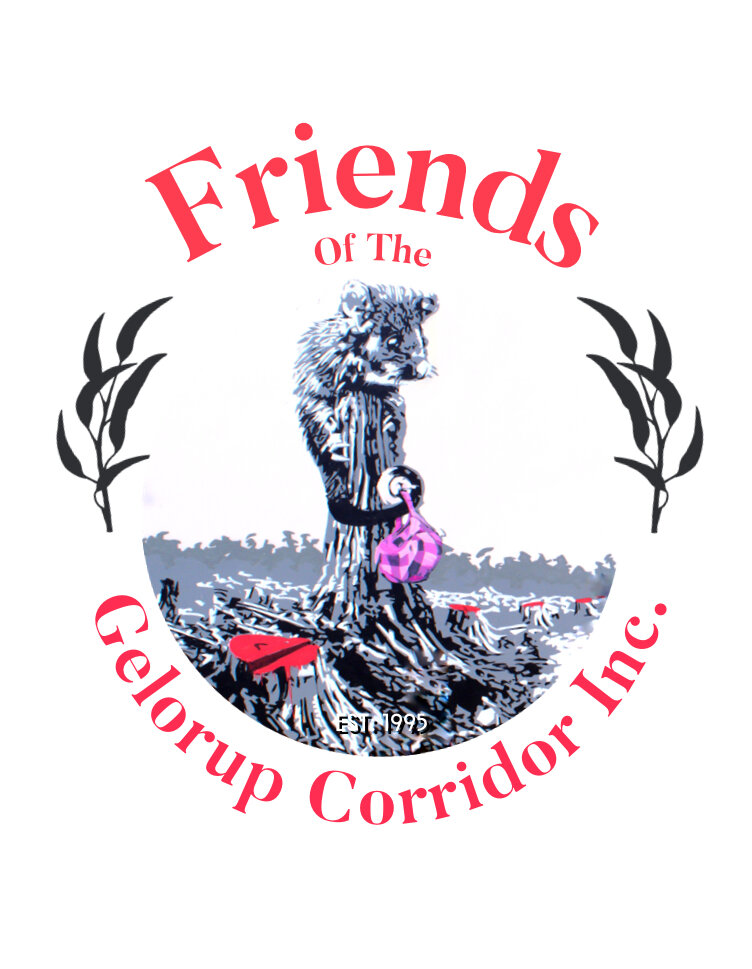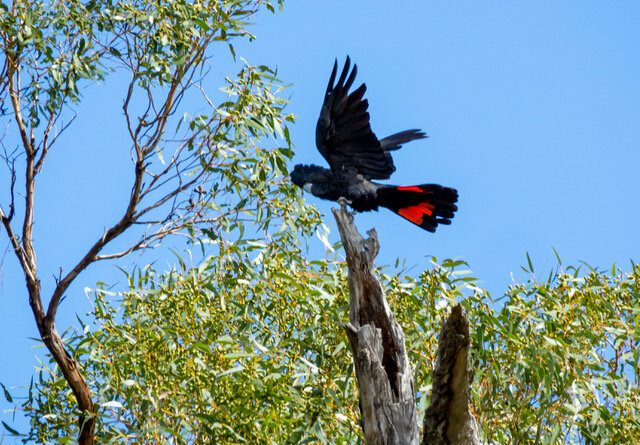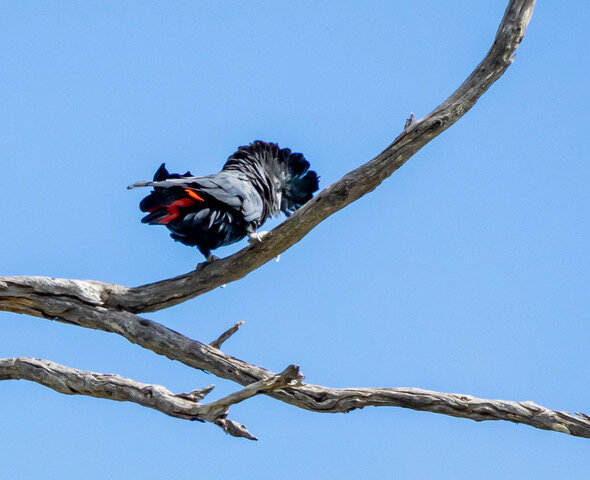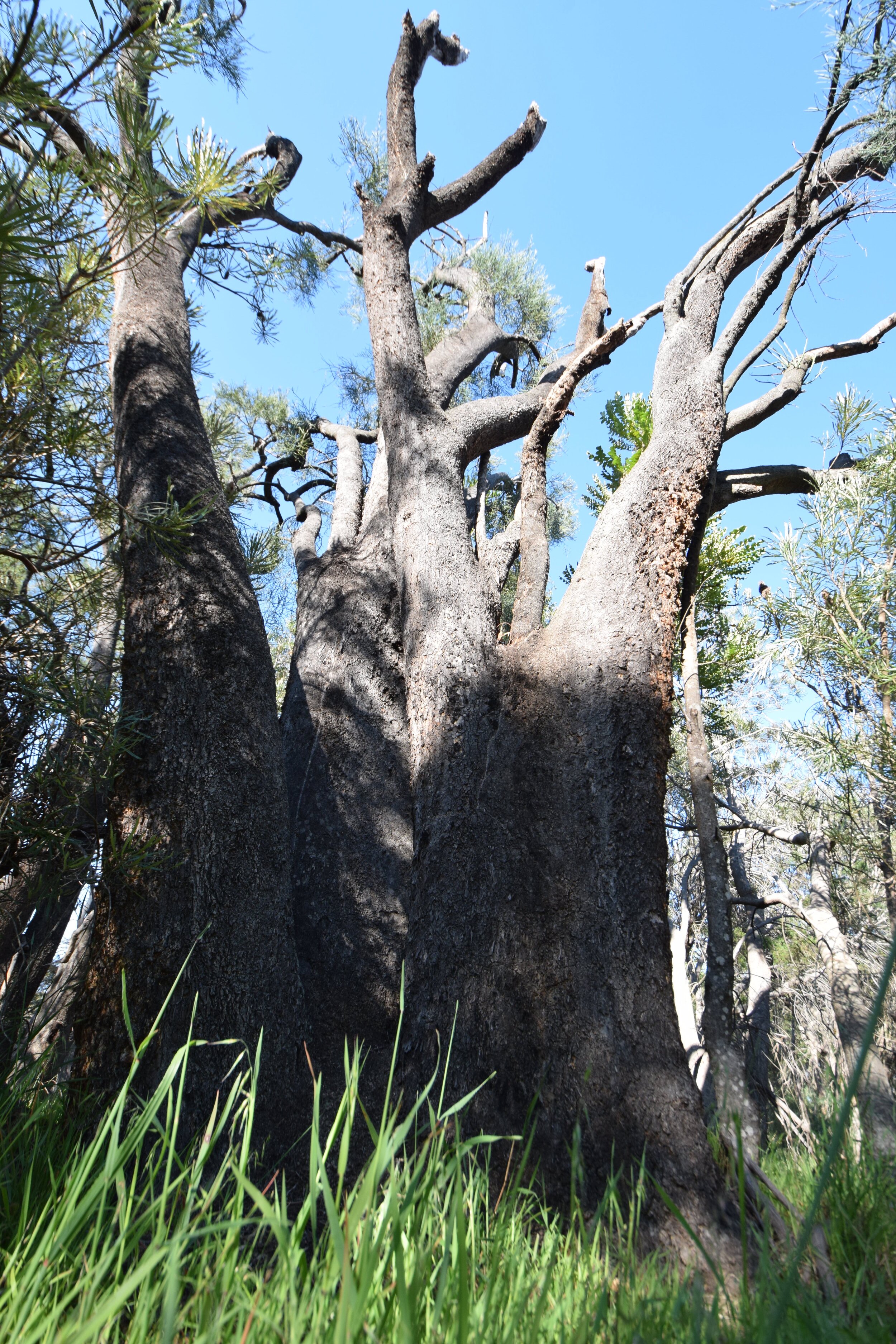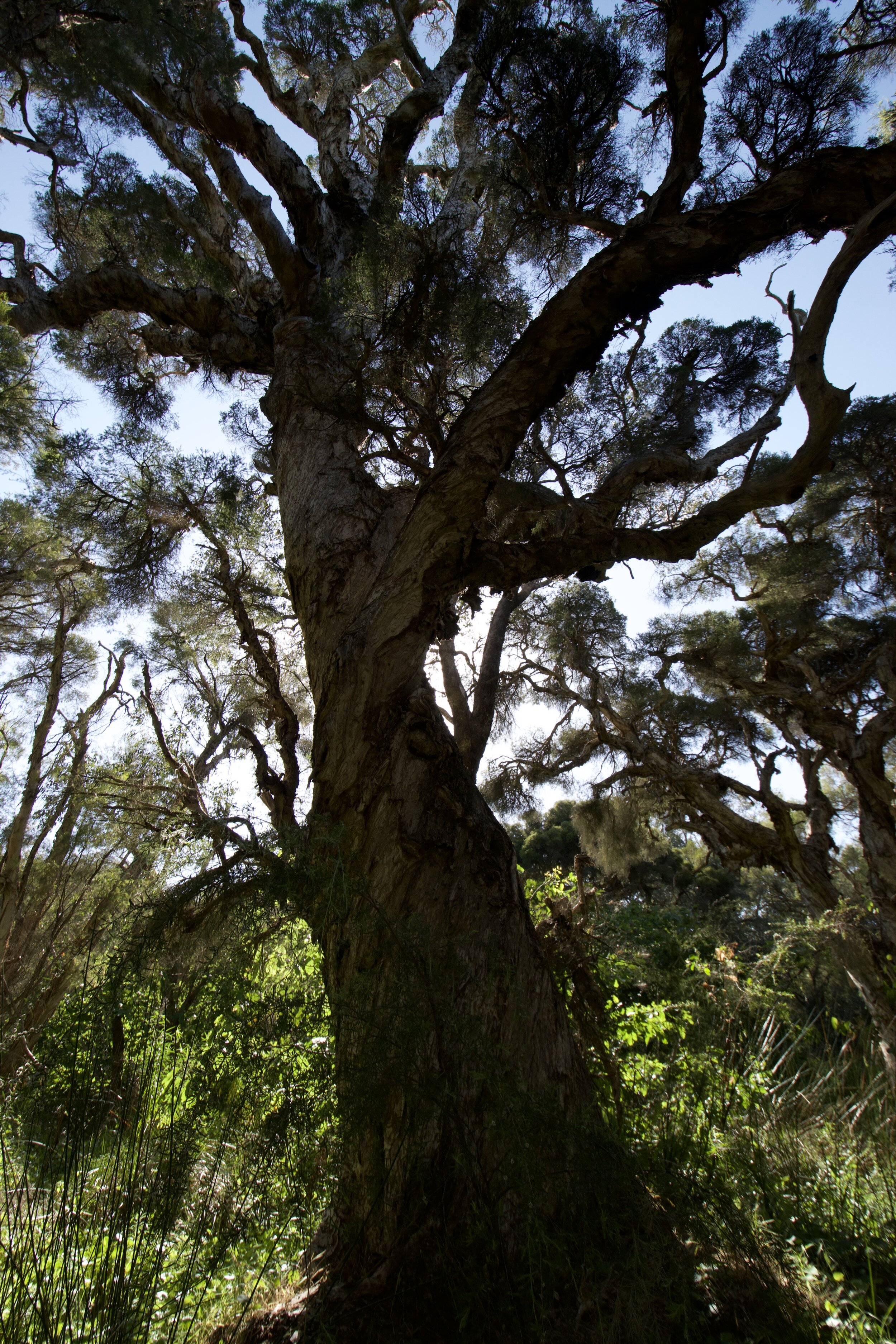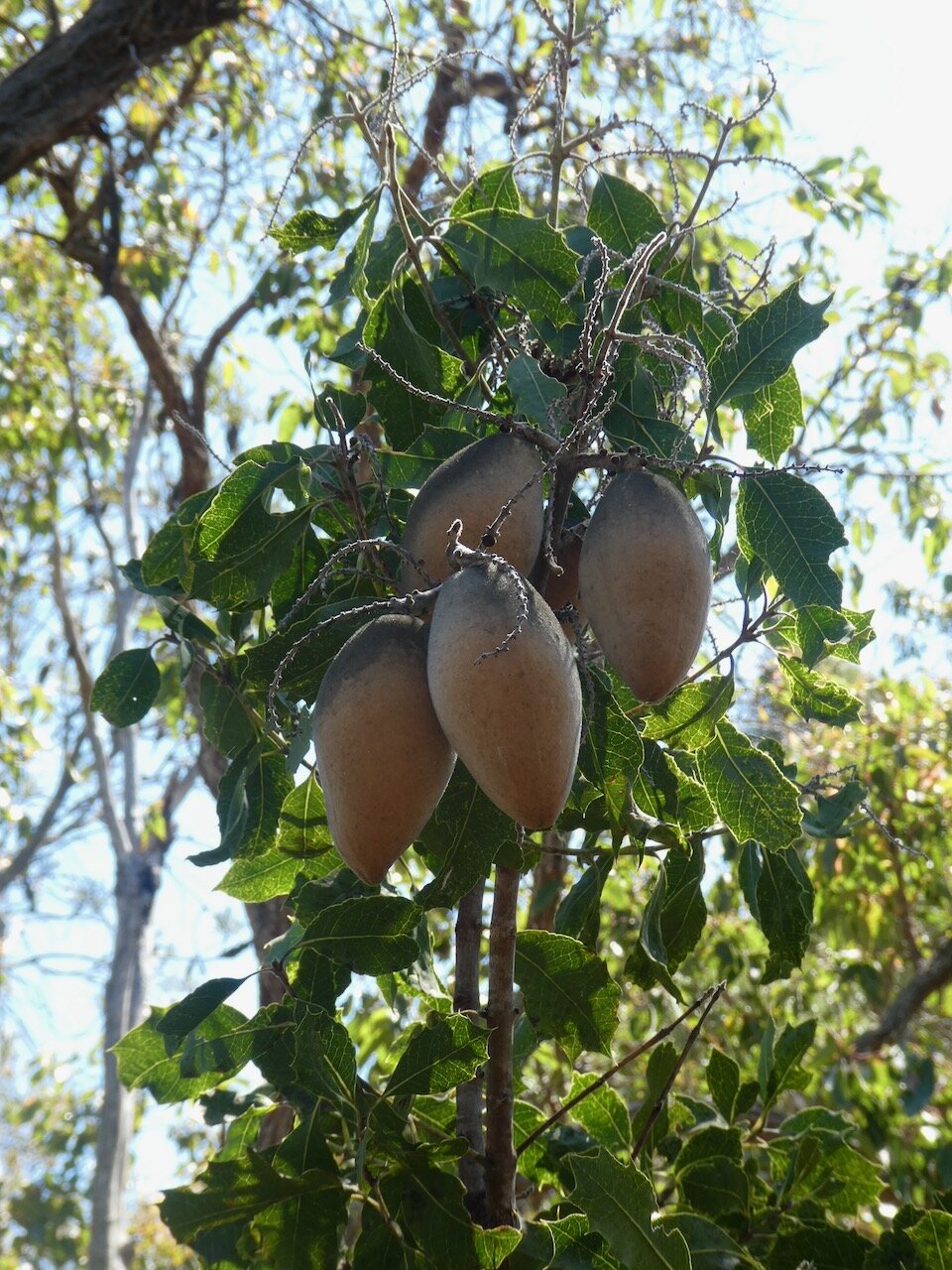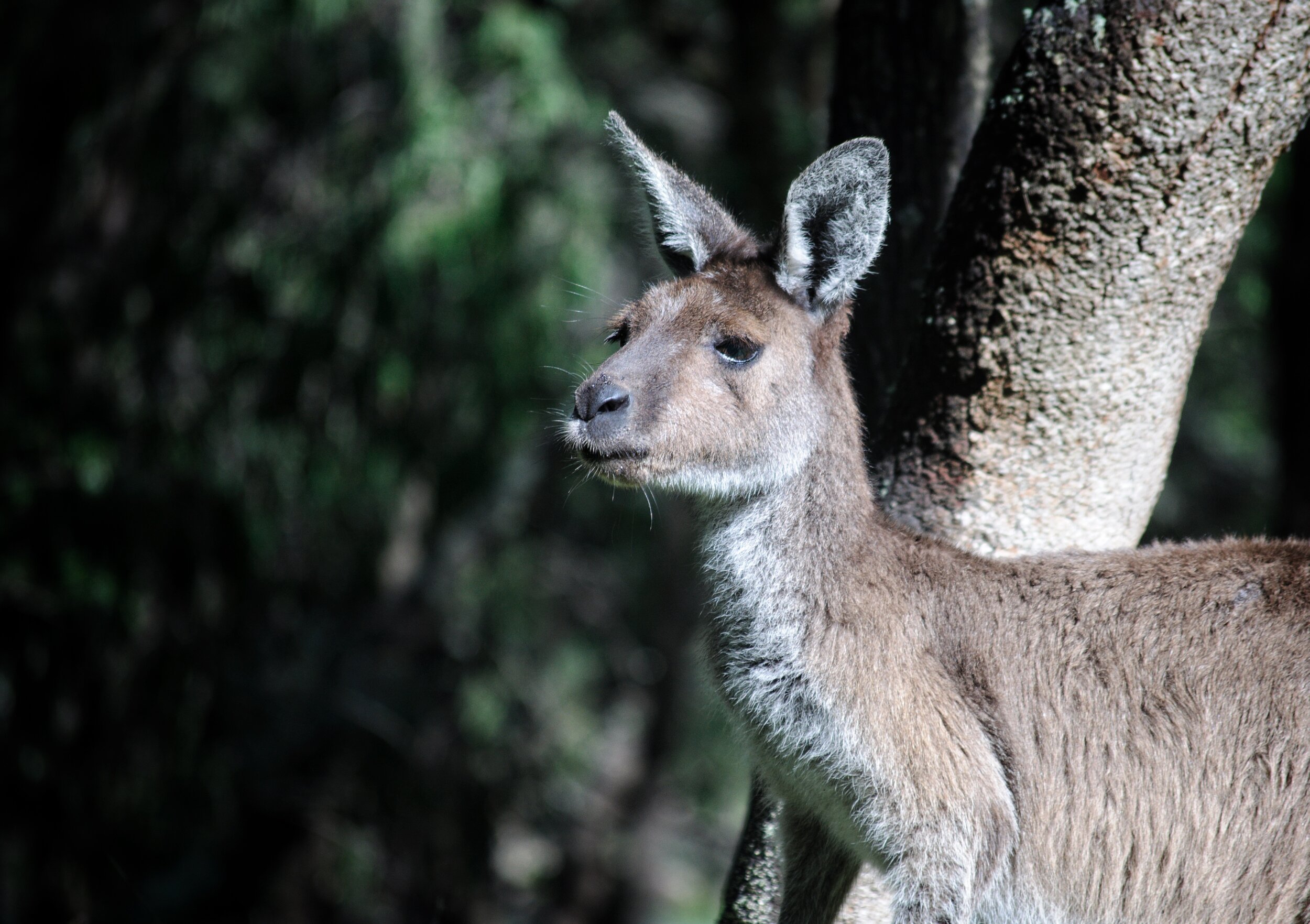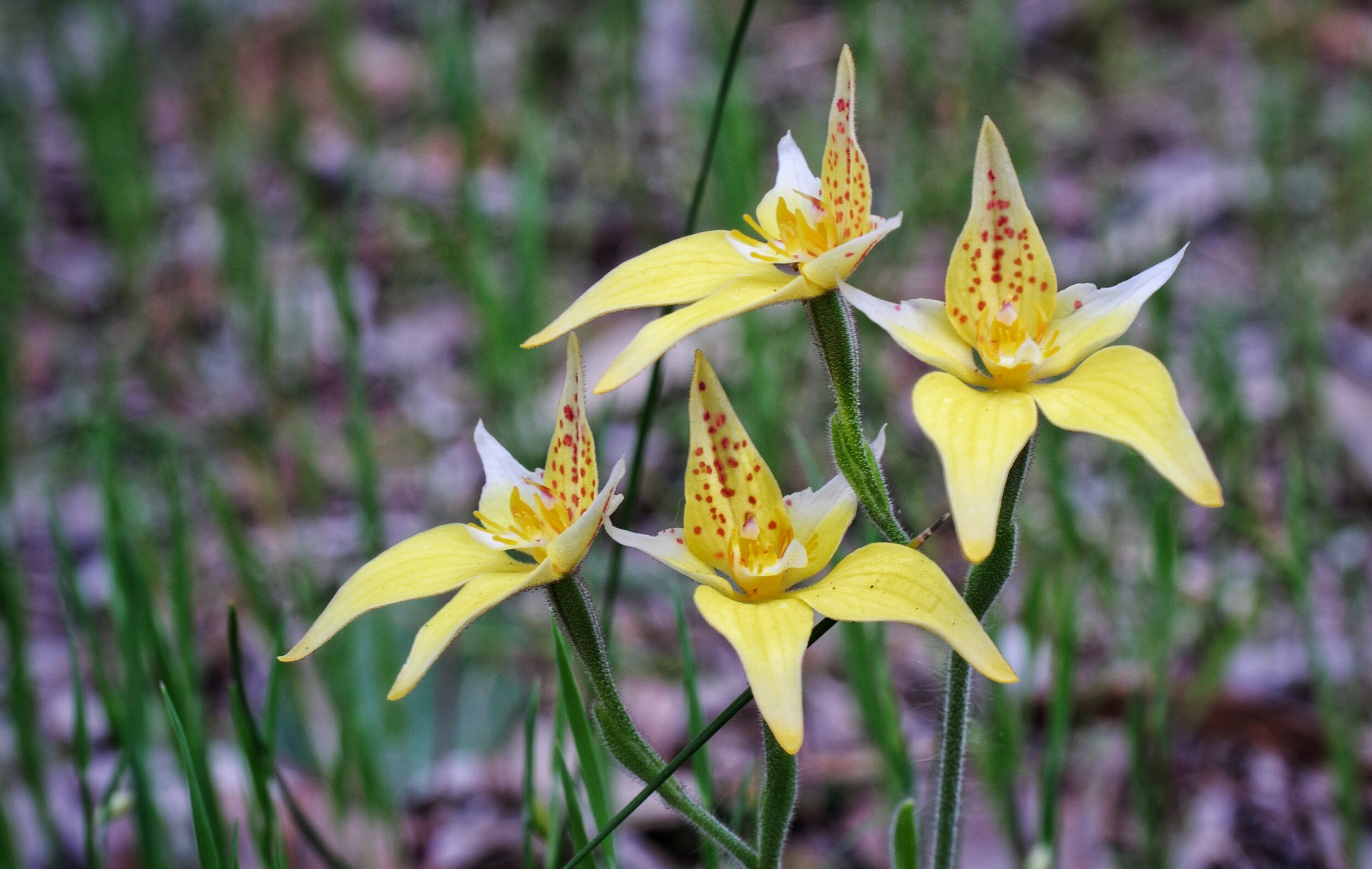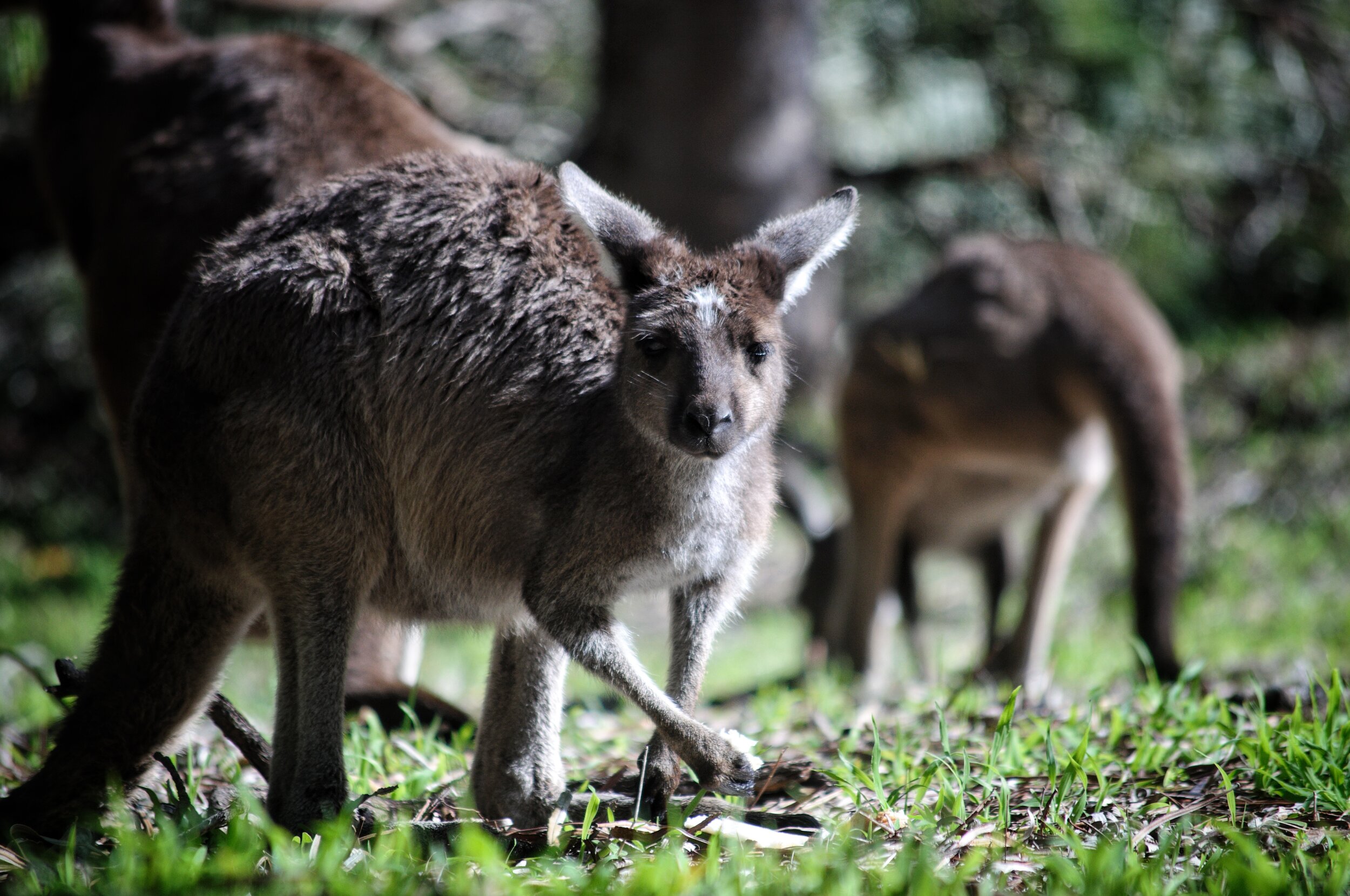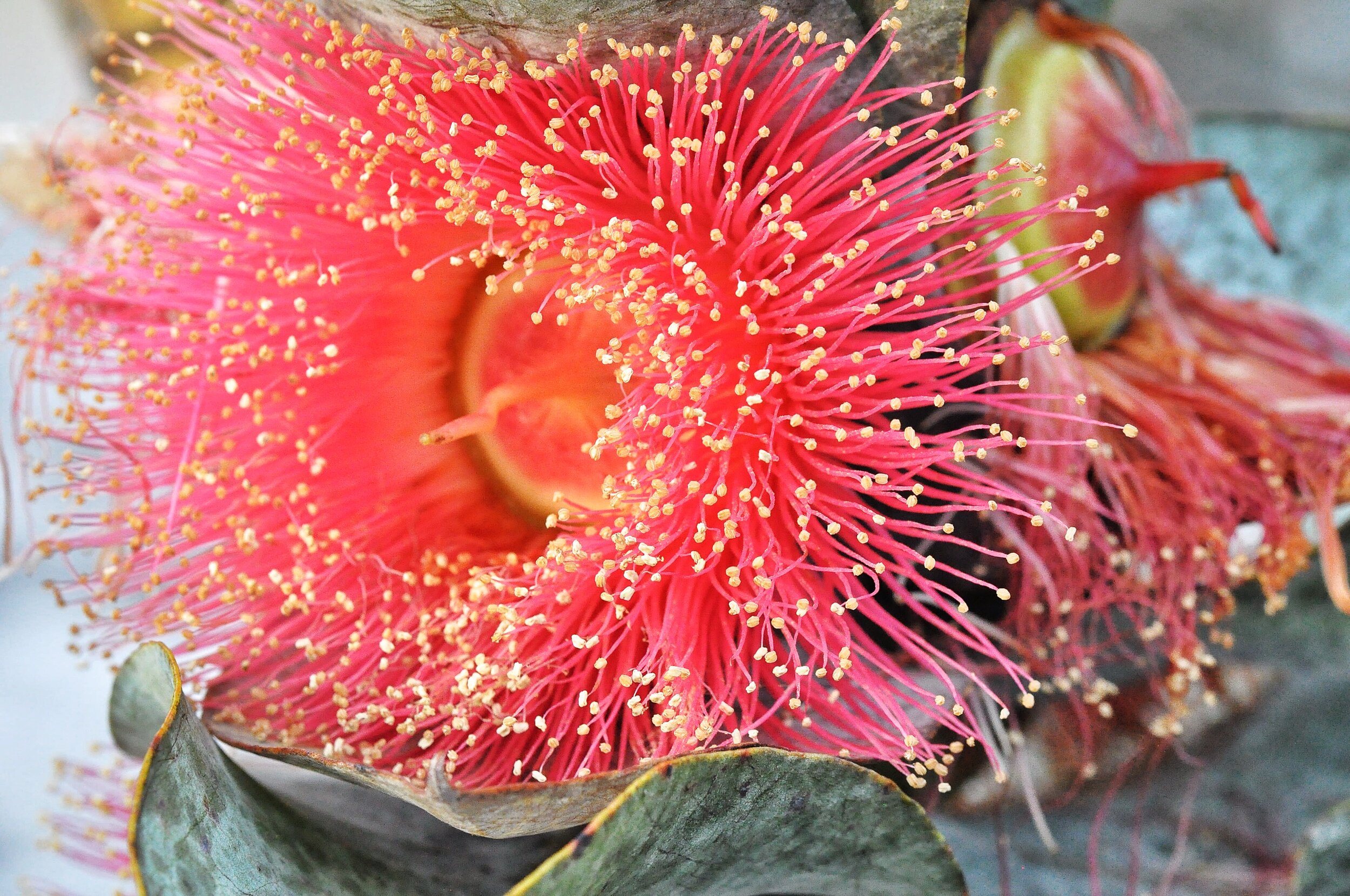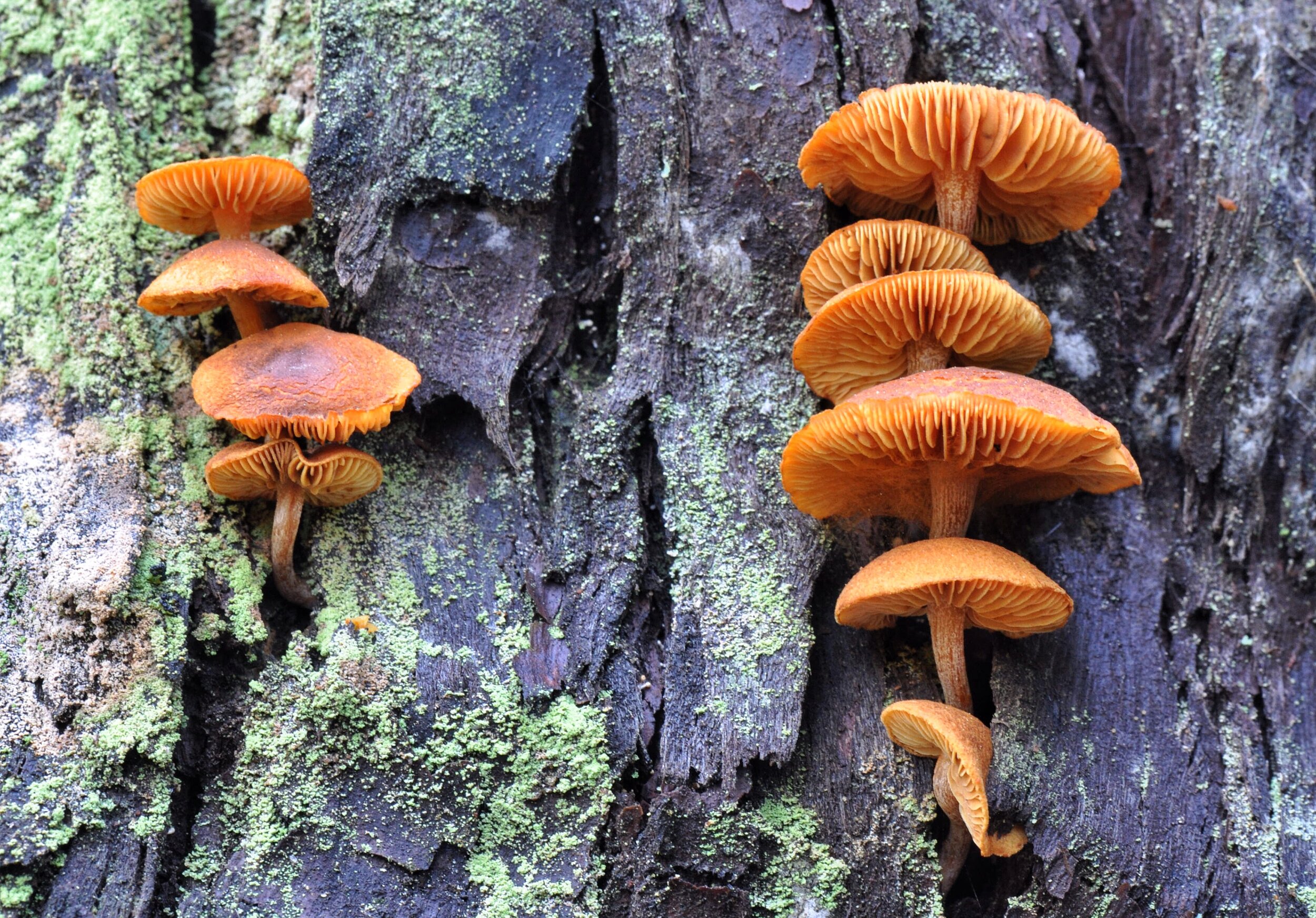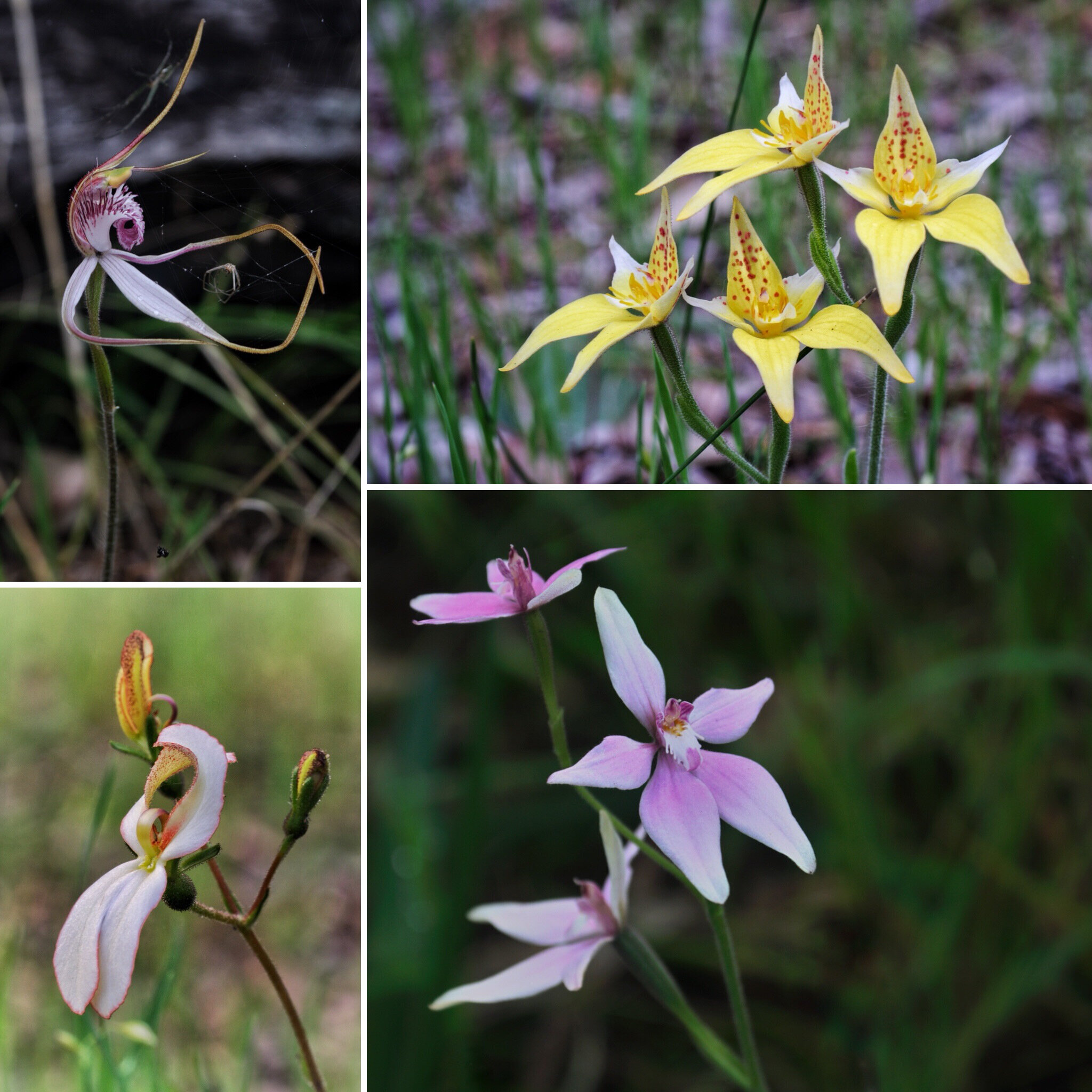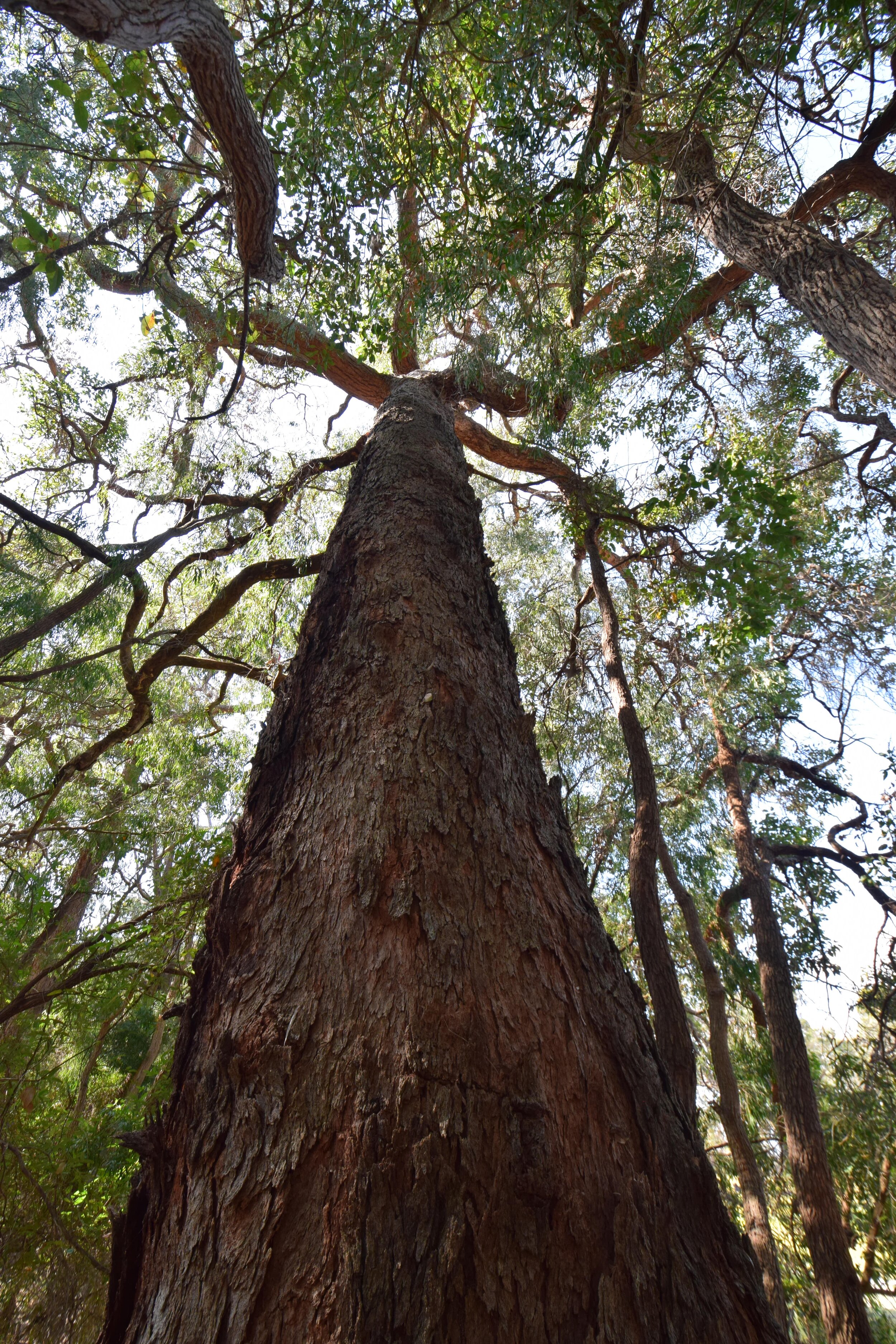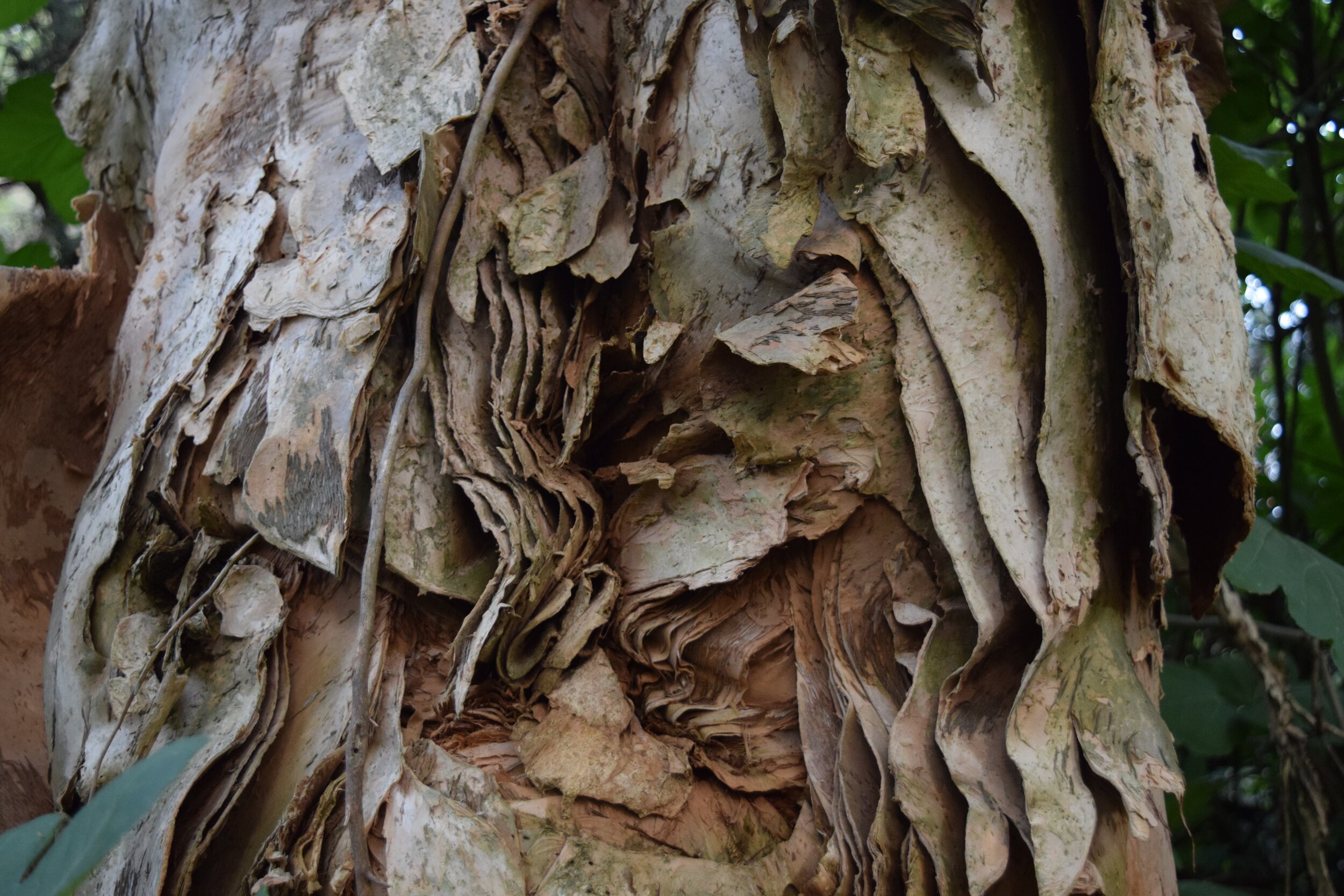Environmental Impact
There will be irreversible and significant impacts to interdependent and multiple mixed ecological communities of the Southern Swan Coastal Plain.
STATEMENT by Cultural Custodian with Continual Connection to Country, Dr Wayne Webb - Pibulmun Wadandi Yungunjarli Southwest WA
Gnuraren- Western Ringtail Possum
To Whom It May Concern
As a “CCCCC”-Cultural Custodian with Continued Connection to Country, l would like to make a statement regarding the Cultural Significance and continuing Symbiotic relationships between the Gnuraren (western ringtail possum), the Boodjara (Country), the Yungunjarli (people) and learning from the Science of IK (Indigenous Knowledge) which has continually been practiced for over 60,000 years.
Gnuraren is on Your endangered species list and according to the Western Value System, we all live under, it states it legally has to be Protected.
Please Note, It’s difficult to be concise and to fit our 60,000 plus yrs of Gnuraren (Our Story, Song & Dance) Nala Djilpawah- Our Songlines.
But l can try! The bush is Existence, it’s our indicator to tell us what we can take, when we can take it & when it’s Culturally “safe & unsafe”. Taking these trees such as wannanga- Peppermint Trees – Gnuraren primary food source & Possum Bushes whose flowers tell us when Gnuraren, is mating, when its breeding, when it’s Budjari-pregnant & when the young are self sufficient enough to survive. By clearing Native Bushlands you are interrupting the Life Cycle of native fauna but also our Cultural Obligations to look after n Protect Country to keep it Sustainable.
Did you know that Wannanga protects itself by not producing nutrition for Gnuraren for its first 5yrs. After 5 yrs it’s strong enough & mature enough to support Gnuraren to feed n build her dray & live on to produce future generations.
Do you know without the Marri Tree’s being mature enough to have hollows we are ensuring our Koomal Brush tailed Possums could well be the next endangered species.
It’s time that people in power making decisions treat local Cultural Custodians as the first Scientists not just tokenstic knowledge holders of a Culture that has to be compromised with every decision to clear our collective MundaBoorner our Native Vegetation.
There is No lines between Country n Sea, its a corridor that collectively needs to connect to contine our life cycles.
Have you forgotten that trees provide oxygen, they live on our carbon dioxide. Without bushland we would have No Rain to fill our Bilyas- Rivers , No Gabbi- water to drink or fill our dams, catchments our tanks.
This isn’t about a single bird, animal, marsupial or about flora , it’s about Not harming ourselves by taking life giving sustaining Environment that belongs to every living being from Gnuraren- ringtail possum, to djubaak- native orchids n potatoes. The Qwinda’s, the Djirri- birds and ys the Yungunjarli- the people who are born to protect n preserve Ngankaboodjarra- Mother Earth Watternmaat- father Ocean, Nunningur- brothers, sisters, relations of which each of us have a Totemic Responsibility to protect n Preserve.
I am Not Anti Development but I am Anti Stupidity and we must find a better sustainable way of collaboration not just a tick the box tokenistic survey but a holistic approach to unnecessary Clearing to supposedly shave of a 15 minute commute between our Cities n Towns.
This Statement has been made by Cultural Custodian with Continual Connection to Country Dr Wayne Wonitji Webb- Pibulmun Wadandi Yungunjarli Southwest WA.
Urban Design and Landscaping Community Survey
Have your say about the design of our environment around the “Outer' Ring Road, going “through” our community.
Please complete MRWA Urban Design and Landscaping Community Survey for the Bunbury Outer Ring Road (BORR) project.
What will we lose?
Critically Endangered Western Ringtail Possums
71 hectares of prime habitat, containing 100 individual Ringtail Possums. This species is classified as a Matter of National Environmental Significance and is listed by the International Union for Conservation of Nature (IUCN Red list).
Ringtails are highly territorial and do not survive relocation. They depend on canopy connectivity to avoid predators and typically will not cross cleared spaces. A four lane freeway through prime habitat will fragment their habitat and cause irreversible impacts on foliage health, canopy cover and connectivity. This will lead to species decline through intergenic breeding.
Native Vegetation
28 hectares of Critically Endangered Tuart Woodlands. These Woodlands are classified as a Threatened Ecological Community and Matter of National Environmental Significance. 50% of the Tuarts within the Gelorup Corridor are currently in good or better condition. Just 14% of the Tuart Woodlands remain on the Swan Coastal Plain.
21.4 hectares of Endangered Banksia Woodlands. These Woodlands are classified as a Threatened Ecological Community and Matter of National Environmental Significance. Banksia Woodlands were once dominant on the Swan Coastal Plain. Studies indicate that the species has declined by about 60% overall across it's range.
Conservation Flora Sighted Or Likely To Occur
Woody Pear
Acacia Semitrullata, conservation listing P4
Aponogeton Hexatepalus, conservation listing P4
Caladenia Speciosa, conservation listing P4: 71 plants recorded
Vulnerable Diruis Drummondii (Tall Donkey Orchid)
Endangered D. Elastica (Glossy Leaved Hammer Orchid)
Vulnerable D. Micrantha (Dwarf Hammer Orchid)
A recent citizen tree count estimates well over 5,000 trees are to be cleared, posing irreversible impacts on flora and fauna. Only 538 of the largest trees on the corridor were acknowledged for the Black Cockatoo survey in the environmental impact assessment commissioned by Main Roads WA.
Endangered and Vulnerable Black Cockatoo Species
There will be irreversible impacts to the many hundreds of nesting hollow trees spread over 71 hectares of prime habitat for three species of Black Cockatoos, all of which are classified as Matters of National Environmental Significance:
Endangered Carnabys
Endangered Baudins
Vulnerable Forest Red Tailed
Due to their size, Black Cockatoos require large nesting hollows which are in excess of 300 years old. The mature trees on the Gelorup Corridor are of this age and cannot be replaced in our lifetime if lost.
Endangered Blackstripe Minnow, located in the Gelorup wetland which is proposed to be built over. Sections of the wetland are classed as a Conservation Category Wetland and an Environmentally Sensitive Area.
Brushtailed Phascogale, Vulnerable listing S6: 62.6 hectares of habitat
“Critically” Endangered Western Ringtail Possum
Coastal Plains Skink, listing P3
Peregrine Falcon, listing S7
Blue Billed Duck, listing P4
South West Snake Necked Turtle: (IUCN Red List - near threatened)
Quenda (Priority 4): 98 hectares habitat
Chuditch Vulnerable, listing S3
WesternFalse Pipistrelle, listing P4
WesternBrush Wallaby, listing P4
Main Roads and WA Labor are proposing devastating and irreversible impacts to the thriving populations of Critically Endangered, Endangered and Vulnerable species of the Gelorup Corridor, and more broadly to the long-term likelihood of survival for these species.
White Orchid - Priority species
White Orchard in Gelorup
